The Narrow Gauge
The Chicago- Milwaukee, & St Paul narrow-gauge railroad was in its day one of Cascade’s historic claims to fame. While it has long been dismantled, in its heyday from 1880-1936, it was the chief transportation network connecting Cascade, Bellevue and all the towns in between.
A narrow-gauge railroad is defined as a railway with a gauge narrower than standard 1,435 mm (4 ft 8+1⁄2 in). Most narrow-gauge railways are between 600 mm (1 ft 11+5⁄8 in) and 1,067 mm (3 ft 6 in).
They are usually less expensive to build with tighter curves, smaller structure gauges, and lighter rails, and are often built to serve industries as well as sparsely populated communities where the traffic potential would not justify the cost of a standard- or broad-gauge line.
There was a Chicago line that ran through Dubuque, Dyersville, and Monticello. Most communities that had rail services were starting to grow and prosper, while Cascade was stuck behind and just couldn’t seem to get any railroad service here. Thus, local businesspeople and civic leaders built the narrow-gauge rail line that ran between Bellevue and Cascade with stops at La Motte, Zwingle, Bernard, Fillmore, and when they came to the terminus in Cascade there was a turntable to swing the train around and head right back.
While the top speed of the train was only twelve miles an hour, it still served its purpose of efficient travel and connection between the towns for many years. In addition to its cargo for general stores, the train also carried passengers. A big day for some people would be to leave Cascade and go to Bellevue. The smaller communities on the route had general merchandise stores who relied on goods being delivered there, Freight would come down from Dubuque on the regular St. Paul Chicago line and transfer everything in Bellevue to the Narrow Gauge and bring it here because there was no highway system back in 1880-1900. Eventually the railroad system began to demise because of the advent of the cars and truck that would be able to be driven on recently constructed roads.
As US highway 151 became paved one could drive a truck from Cascade to Bernard to Dubuque. In time shipment by rail became less reliable, Revenues dried up because merchants used the newer forms of transportation and passenger traffic along with it.
During its fifty-plus year history the little railroad undergoes name changes and ownership. The history of the “Narrow Gauge” contains too much information to confine to these pages, so we invite all lovers of rail history, whether a casual or hard core to come and see this significant display.
It’s worth the ride.















